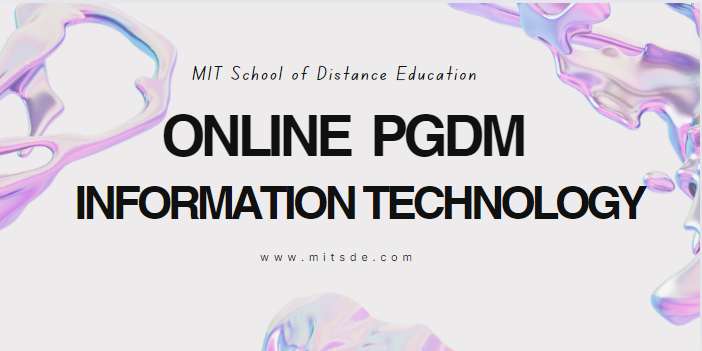Service level agreement or SLA is a type of agreement or contract that defines the deliverables & terms and conditions between the buyer and the seller or between departments of the organization.
How often have you faced or solved heated arguments between the sales and the marketing team? A LinkedIn study found that 60% of their global respondents thought that misalignment between the sales and marketing teams impacts financial performance.
To avoid misunderstanding, miscommunication, or confusion, SLAs have sought their place in the history of businesses since the late 1980s. The SLA was first used by fixed-line telephone operators.
SLAs are a key component of Service level management (SLM). These are the agreements between the customers that identify the services required and the expected service levels. It is used to set clear expectations of the services to be rendered and avoid mitigation in the future.
The document includes all the information about the service such as the definition, characteristics, benefits, features, statutory warnings, metrics, people responsible, and the right to terminate the contract in case of failure in delivering the services mentioned.
Types of Service Level Agreements based on parties involved also known as Multi-level SLAs are;
- Customer-based SLA – It covers all the issues pertaining to all the customer groups regardless of the services provided
- Corporate level – It covers all the general service level management (SLM) issues related to the customers
- Service-based SLA – It covers all the SLM issues specific to services for specific customer groups.
How to prepare an SLA?
Let’s break down the agreement to each section for a deeper understanding of its preparation –
- First page – This section includes the version details, a record of the changes made in the document or the change history, the date of the last revision, and the name, designation, and signature of the authorities approving the agreement.
- Agreement Overview – It gives a brief introduction of the agreement, and contains a glossary of the terms used, their definitions, acronyms, and abbreviations. The section defines the purpose & goals of the contract and the contractual parameters. Contractual parameters discuss the scope of the contract related to application, renewal, modification, exclusion, limitations, and termination of the agreement.
- Service Agreement – The subsections are as follows;
- KPIs and metrics – KPIs or Key Performance Indicators are the metrics that set performance standards, measure performance, and gauge whether the desired performance level is achieved or not.
- Services levels & priority – This is a list of the tasks enlisted on the basis of their priority, risk, and time required to complete them.
- Exceptions & limitations – As the name suggests, this subsection highlights the exceptions and special conditions. It also defines the limitations of the service provider.
- Responsible person – This section gives an idea of the person or team responsible for carrying out the tasks. In the case of customer-level contracts, the sections details out the responsibilities of the customer & the service provider.
- Service Management – In this section, the availability of service in form of in-person support, telephonic, or email support is extended to the client and the support details are explained.
- References & Glossary
- Appendix
Here’s a sample of a short Service Level Agreement draft for your reference. The agreement is between the sales & marketing teams.
Source – Hubspot
SLAs bring alignment of goals, improve coordination, bring transparency, and sets expectations.
As a manager with foresight, preparing such SLAs for your team ensures a focused, balanced and sure way of success.
Acquiring these skills is important for anyone aiming to become a leader in their organization.
MIT School of Distance Education (MITSDE) is one such institute that understands the current skills gap in the market and strives hard to reduce it. For this purpose, MITSDE brings to you PG Diploma in Marketing Management (PGDM Marketing Management) or PGDM (Executive) in Strategic Marketing Management for those possessing 2+ years of experience.
This course covers the basics & the latest concepts in marketing gives hands-on training on the latest tools and teaches you to create a brand, analyse market trends, and design marketing campaigns.



